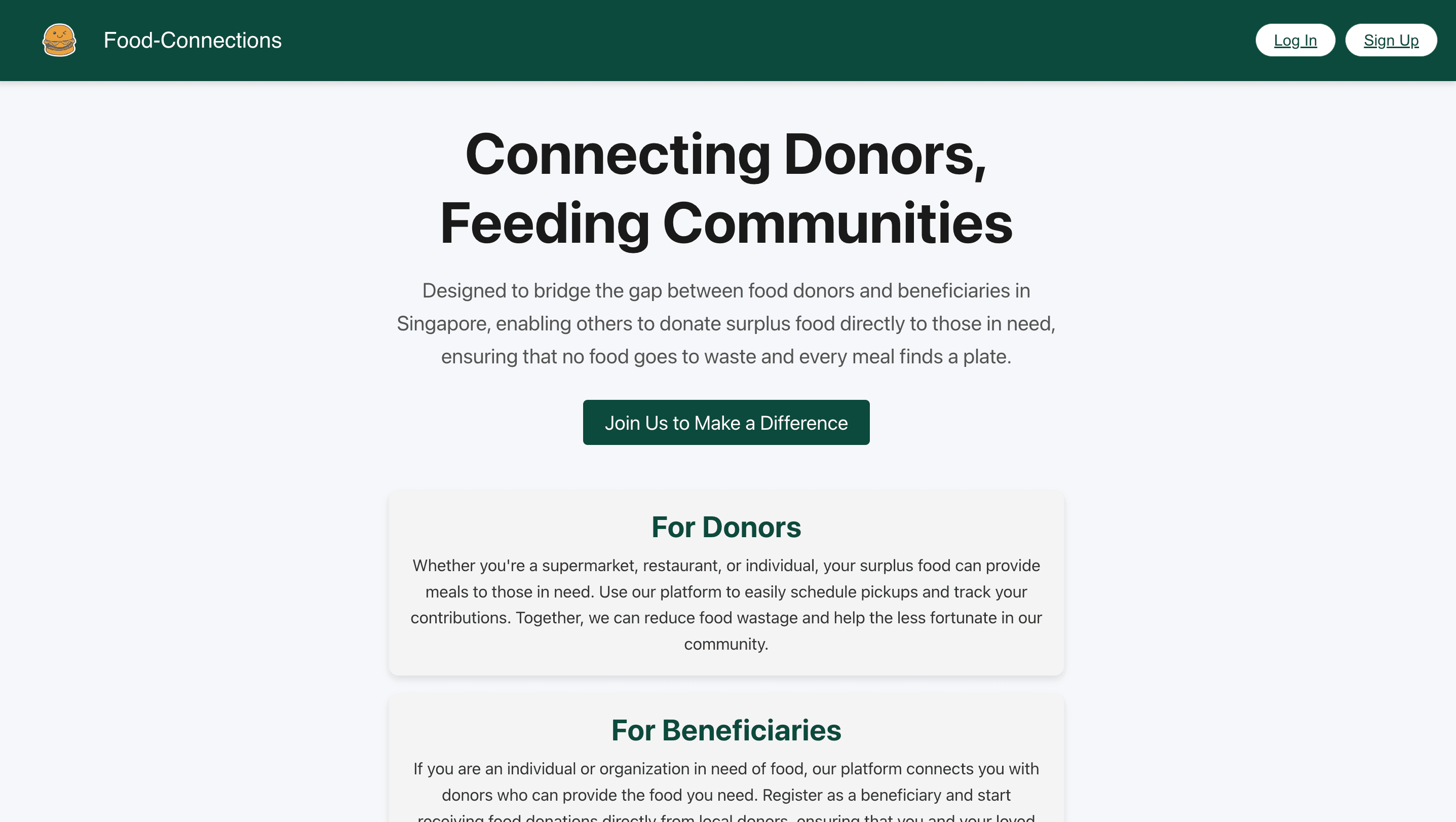Food_Connections

A platform to connect foodies for the needies
Bringing foodies together for a good cause
My Project

Project Overview
The goal of the platform is to connect beneficiaries (people in need of food), donors (those providing food or resources), and volunteers (those delivering food) in a way that prioritizes food distribution based on urgency and other criteria. This will be achieved using a priority queue algorithm and designed as a microservice architecture to ensure separation of concerns, scalability, and maintainability.
A priority queue algorithm will be used to ensure that the most urgent cases (e.g., based on health status, distance, or time without food) are served first. Beneficiaries will be assigned priority levels (e.g., high, medium, low) based on specific criteria like need, geographical location, number of people, etc.
Microservice Architecture
Separation of Concerns
The system will be divided into several microservices that handle different aspects of the platform. Each microservice will operate independently, improving scalability and allowing teams to work on different parts of the system without affecting others.
Horizontal Scalability
The microservices architecture will enable the system to scale horizontally by adding more instances of a particular service as demand increases. For example, if the number of beneficiaries rises significantly, more instances of the beneficiary service can be deployed without affecting the performance of other services.
Resilience
Each microservice can be independently maintained and updated, allowing the system to be resilient against failures. If one service encounters issues (e.g., the donor service), it won’t take down the entire platform.
Separation of Databases
By using separate databases (MongoDB and PostgreSQL), I ensure that each system’s data is handled by the best-suited database technology, maintaining data integrity and performance.
- MongoDB for handling documents and flexible data models.
- PostgreSQL for structured, relational data storage.
Security
- JWT (JSON Web Token)-based authentication to secure APIs.
- Role-Based Access Control (RBAC) to ensure only authorized users can access or modify specific data.
Key Benefits
- Scalability: Microservice architecture ensures that the platform can scale as the number of beneficiaries, donors, and volunteers increases.
- Flexibility: The system can adapt to changing requirements (e.g., supporting new languages, geographical expansion) without needing to overhaul the entire platform.
- Efficiency: The priority queue ensures that resources are distributed to those in most need first, reducing wastage and delays.
This approach allows you to maintain high system performance while ensuring that the platform is adaptable and scalable in the future.
Made with